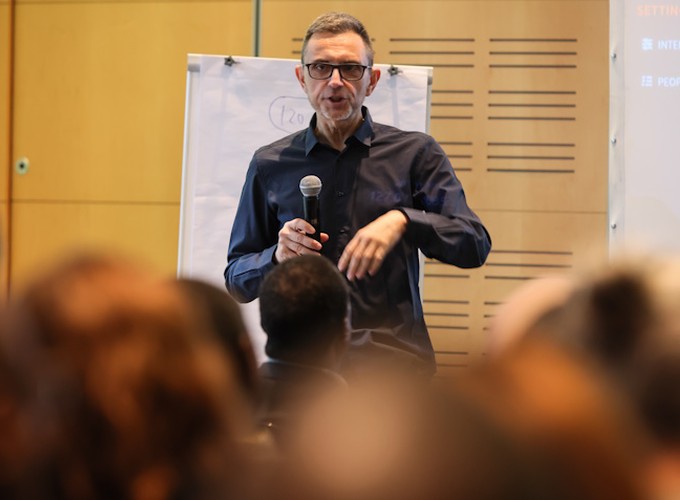

Obtaining information about a large population by selecting and measuring a sample from that population is common epidemiological practice and, in this context, the use of complex sampling strategies is ubiquitous. However, the use of these strategies – such as clustering and stratification – has implications in terms of how the data should be analysed and how the population estimates are to be interpreted. A deep understanding of the links between sampling strategy and realisation, sample sizes, analysis techniques and accuracy of the population estimates is essential for optimal study planning and, similarly, for secondary analysis of data previously collected.
The workshop was held during the World Epidemiology Congress 2024 and included a series of ‘virtual surveys’ on a simulated human population of approximately 40 000 individuals inhabiting a hypothetical territory remotely accessible through a graphical web interface (the SurveyLab). The data collected during these these experiments were used as ‘case studies’ to get a practical understanding of the pros and cons of alternative sampling strategies and analytical methods and how poor choices can lead to profoundly misleading results and/or waste of resources.
More than 120 participants form 40 countries attended the workshop.
Slides: Introduction, Sampling, Analysis